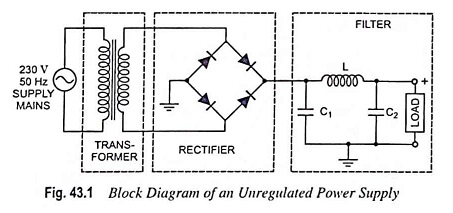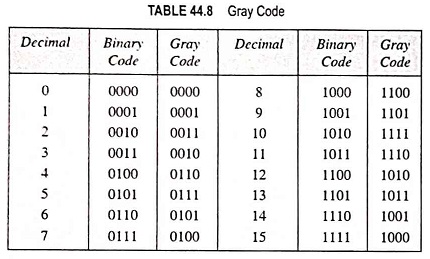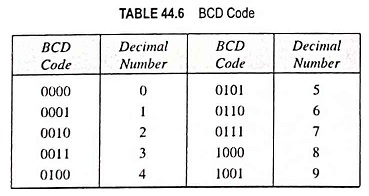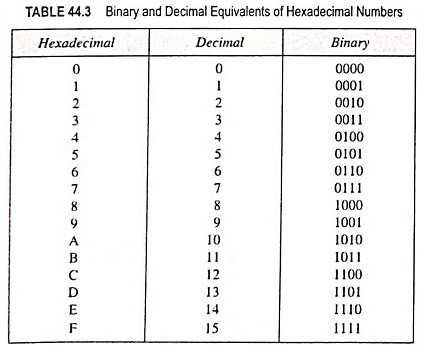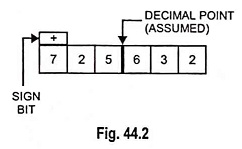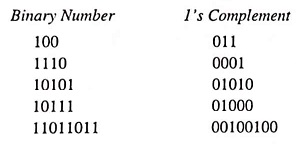Regulated and Unregulated Power Supply
Regulated and Unregulated Power Supply: Almost all electronic devices used in electronic circuits need a dc source of power to operate. The source of dc power is used to establish the dc operating points (Q-points)…
